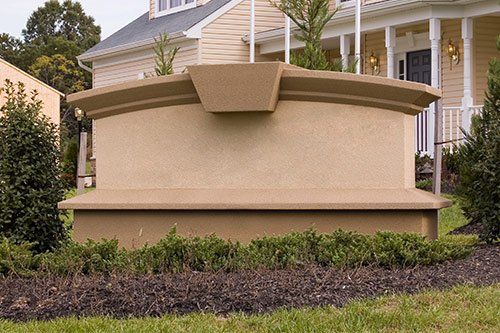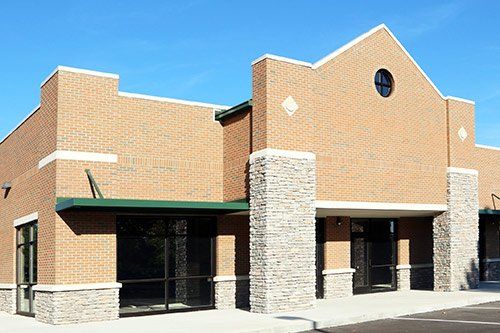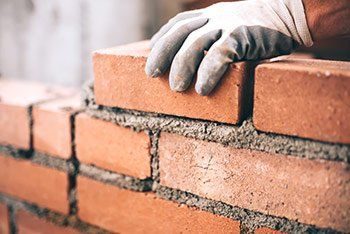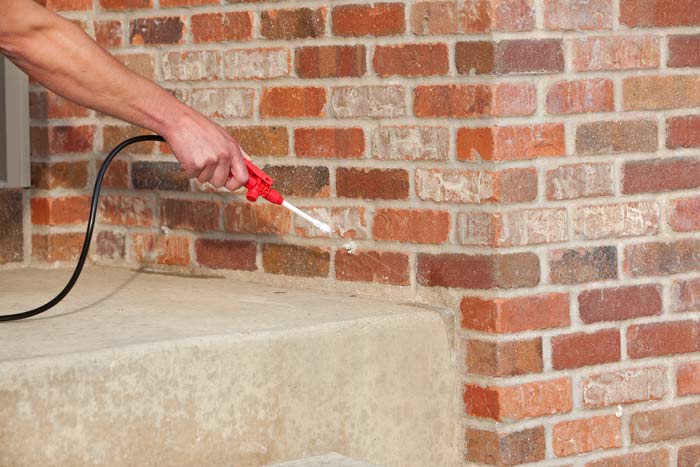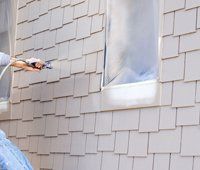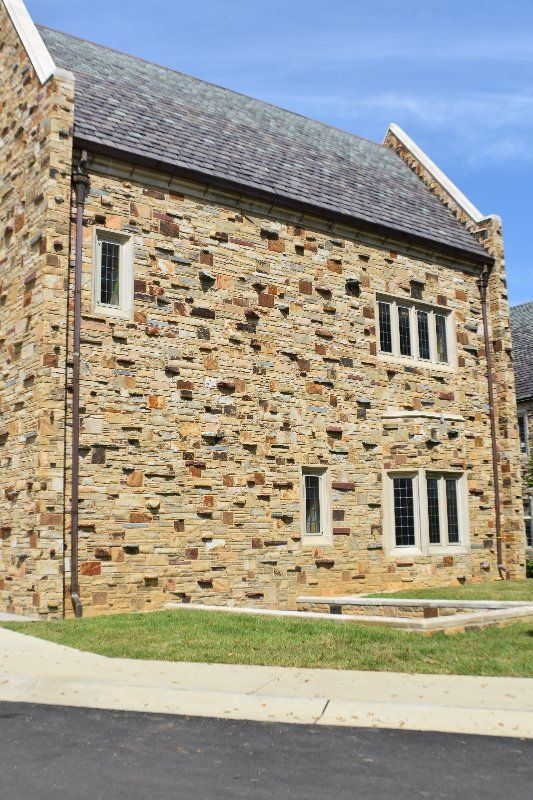Signs of Bad Brickwork
- By Admin
- •
- 08 Aug, 2018
- •
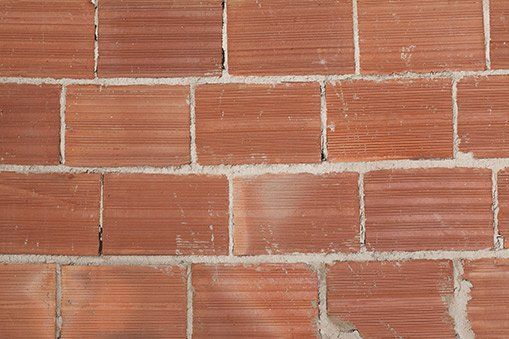
Brick is a beautiful, incredibly strong material. In fact, the main reason that so many people choose it for their homes and other structures is because of its strength and durability.
However, in order for the brick to live up to its name, it has to be laid well - preferably by professionals using only the highest quality bricks and other materials.
Fortunately, you can usually tell if something is amiss with your brickwork. When your brick has a problem, you can take steps to remedy the problem before it gets worse and potentially affects the overall integrity of your home. This guide describes a few problems you may encounter with your brick.
However, in order for the brick to live up to its name, it has to be laid well - preferably by professionals using only the highest quality bricks and other materials.
Fortunately, you can usually tell if something is amiss with your brickwork. When your brick has a problem, you can take steps to remedy the problem before it gets worse and potentially affects the overall integrity of your home. This guide describes a few problems you may encounter with your brick.
Bowing in Your Brickwork
One of the major indicators that you may have a brickwork issue is if you notice any bowing in your brickwork.
Bowing will often happen gradually over time. When bricks are not properly laid so as to prevent moisture absorption, they slowly absorb the moisture and expand and dry over and over again, until bowing occurs.
Not only is bowed brick unattractive, it can also cause issues with the corners of your walls. The constant pressure put on them can weaken the structure. If ignored, the corners may start to crack. From there, bricks may start becoming loose and even dislodged.
You don't want to have to deal with this problem in the later stages. Thus, you should try to catch the issue early and make repairs to avoid potentially and permanently damaging your home.
Bulging Brickwork
Just as unprofessional brickwork can eventually cause your bricks to bow inward, the opposite can also happen. Sometimes, when bricks have not been laid properly, they may also start to bulge outward.
This issue is due to the same problem - excessive exposure to moisture and its effects. Replacing the damaged bricks and rebuilding the structure is often the only solution to this serious issue.
Visible Gaps Between Bricks
Take a close look at your brickwork. Can you spot any gaps or other issues between the bricks?
If so, there could be an issue with the overall quality of the brickwork. When gaps are present, furrowing often occurs. While this problem may not cause issues at first, it can eventually lead to weakened brickwork, which could cause that part of your home or other structure to sag or experience other issues.
Over time, the entire integrity of the structure can be compromised, which is why it is a good idea to seek professional assistance as soon as the gaps in the brickwork become evident.
White Powder on Your Bricks
If you spot a thin layer of white powder on your bricks, don't assume the bricks are just dusty. White powder on bricks can be caused by a buildup of too much moisture on the brick.
See, all bricks are exposed to moisture. But, if that moisture does not dry properly, it will settle with salt from the mortar, forming a powdery substance. Typically, you can correct this issue by sealing the bricks.
Over time, if the issue is not corrected, then the bricks will grow weak and may eventually start to crumble.
As you can see, brick issues do occur from time to time. The key is to be aware of the warning signs that something is not quite right with your bricks. That way, you can fix the problem before it has the chance to get worse and to potentially cause substantial damage.
If you have noticed any of these issues with your own bricks or just generally have concerns about the integrity of your brickwork, do not hesitate to call the experts at Whitney-Anderson Building Group, LLC.
One of the major indicators that you may have a brickwork issue is if you notice any bowing in your brickwork.
Bowing will often happen gradually over time. When bricks are not properly laid so as to prevent moisture absorption, they slowly absorb the moisture and expand and dry over and over again, until bowing occurs.
Not only is bowed brick unattractive, it can also cause issues with the corners of your walls. The constant pressure put on them can weaken the structure. If ignored, the corners may start to crack. From there, bricks may start becoming loose and even dislodged.
You don't want to have to deal with this problem in the later stages. Thus, you should try to catch the issue early and make repairs to avoid potentially and permanently damaging your home.
Bulging Brickwork
Just as unprofessional brickwork can eventually cause your bricks to bow inward, the opposite can also happen. Sometimes, when bricks have not been laid properly, they may also start to bulge outward.
This issue is due to the same problem - excessive exposure to moisture and its effects. Replacing the damaged bricks and rebuilding the structure is often the only solution to this serious issue.
Visible Gaps Between Bricks
Take a close look at your brickwork. Can you spot any gaps or other issues between the bricks?
If so, there could be an issue with the overall quality of the brickwork. When gaps are present, furrowing often occurs. While this problem may not cause issues at first, it can eventually lead to weakened brickwork, which could cause that part of your home or other structure to sag or experience other issues.
Over time, the entire integrity of the structure can be compromised, which is why it is a good idea to seek professional assistance as soon as the gaps in the brickwork become evident.
White Powder on Your Bricks
If you spot a thin layer of white powder on your bricks, don't assume the bricks are just dusty. White powder on bricks can be caused by a buildup of too much moisture on the brick.
See, all bricks are exposed to moisture. But, if that moisture does not dry properly, it will settle with salt from the mortar, forming a powdery substance. Typically, you can correct this issue by sealing the bricks.
Over time, if the issue is not corrected, then the bricks will grow weak and may eventually start to crumble.
As you can see, brick issues do occur from time to time. The key is to be aware of the warning signs that something is not quite right with your bricks. That way, you can fix the problem before it has the chance to get worse and to potentially cause substantial damage.
If you have noticed any of these issues with your own bricks or just generally have concerns about the integrity of your brickwork, do not hesitate to call the experts at Whitney-Anderson Building Group, LLC.
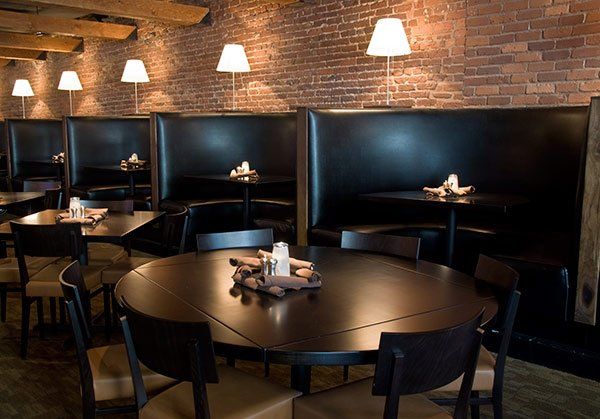
People who want to open a new restaurant likely struggle to stand out in a crowded field. However, new restaurants can catch the eye of potential customers and draw them into their dining area by focusing heavily on exterior curb appeal. For example, a brick exterior provides many benefits that new restaurant owners need to understand.
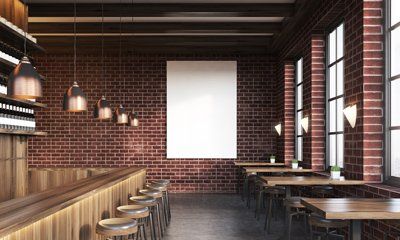
Brick is known for its superior durability and strength, but its benefits don't stop there. Brick is also a stylish, timeless and versatile material that can transform your restaurant into a truly unique and enjoyable space. If you're looking for a way to attract new customers and give your existing customers a refreshed experience, brick design offers a variety of options.

